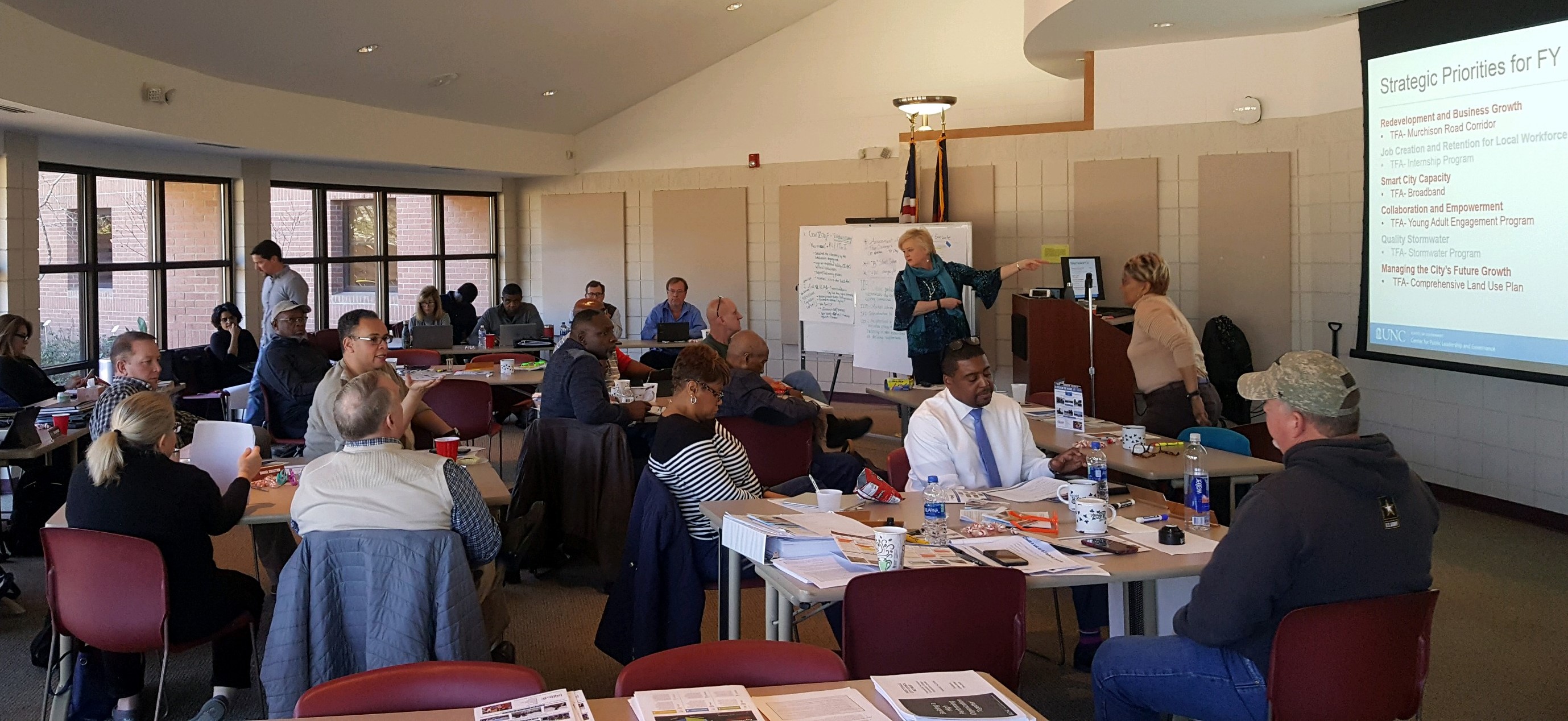Building and Maintaining a Competitive Workforce

This course can be offered on demand via a request from your jurisidiction. Please contact lydian@sog.unc.edu if you are interested in this option.
The impending exodus of baby boomers from the nation’s workforce, coupled with the increasing competencies and skills required of public-sector employees to provide quality services, sets the stage for a key challenge that governments face today and will continue to face in the coming years. Governments must have the resources to achieve the goals and objectives outlined in their strategic plans. Moreover, simply continuing basic service provision requires resource planning that incorporates and addresses changing demographics and social demands. Workforce planning enables governments to determine their need for human resources to meet their objectives, and the availability of those resources. This one-day course will explore tools and techniques of workforce planning that can be used at the team, department, or organizational level.
Workforce planning is not a panacea for the demographic changes that governments will face, but this crucial tool allows governments to be better prepared and more responsive. Workforce planning can be a daunting process to engage, this course focuses on real-time practices that can be started immediately to start to respond to pressures and needs within your workforce today and tomorrow.
Meet Your Instructors
This course will be taught by SOG faculty Willow Jacobson.






